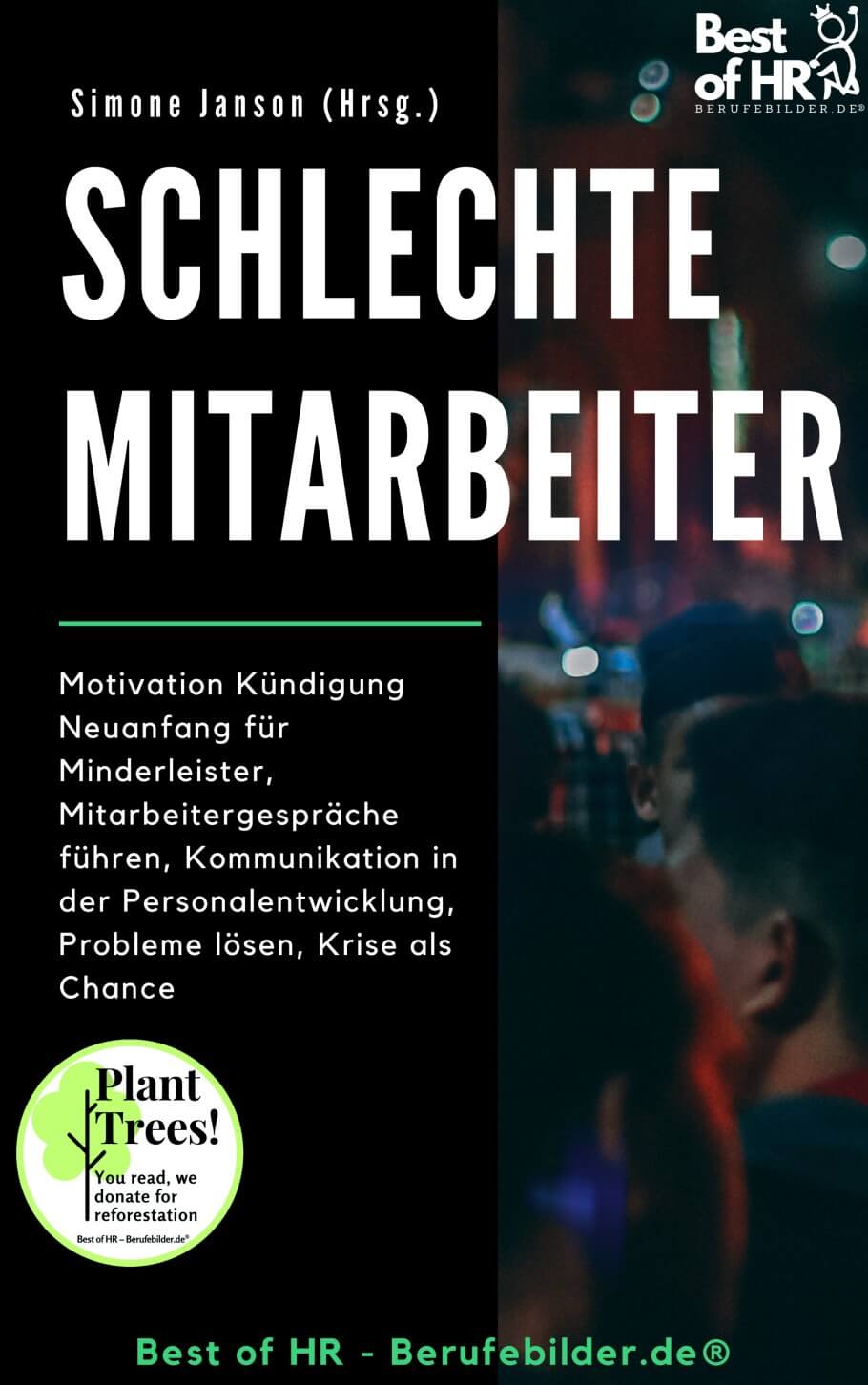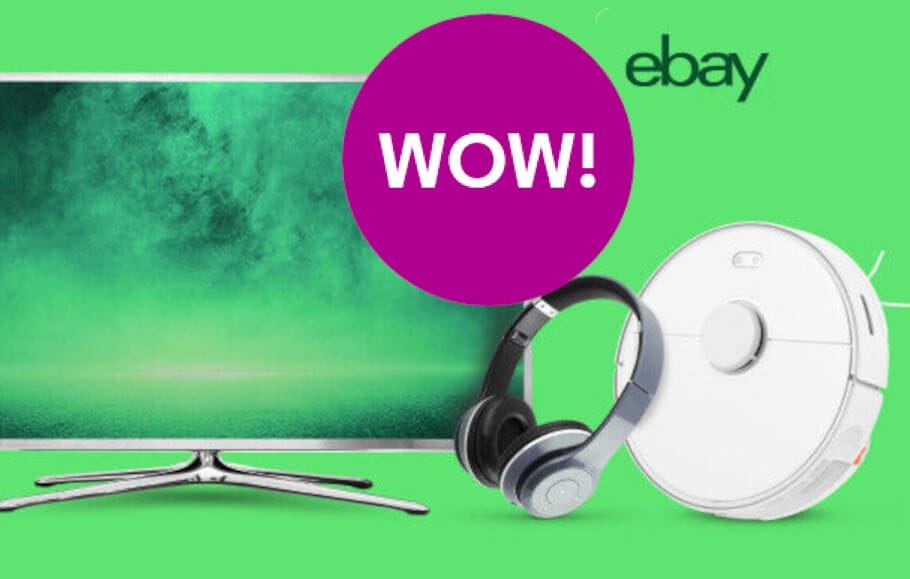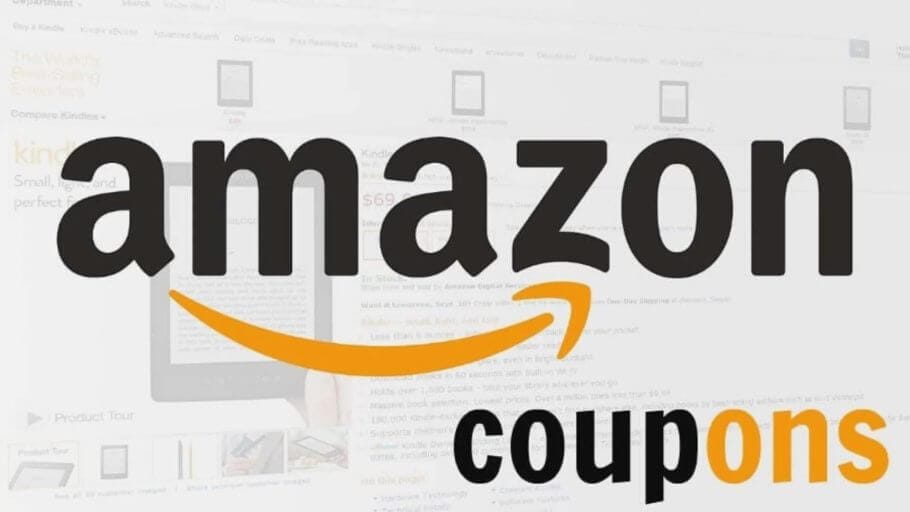The electronic mailbox is chronically crowded with numerous specialists and managers, the advertisement "eMail"Incoming" distracts you from your actual work tens of times a day and you also receive messages that neither interest you nor provide information.
- Step 1: Do the goodness test
- Step 2: Formulate a clear and meaningful subject line
- The end of your eMail
- Step 3: Formulate the salutation and the main part
- Step 4: Formulate the conclusion
- Step 5: Add a signature
- Step 6: Check and correct your text
- Step 7: Enter the recipients and attach attachments if necessary
- Tip to end: absence note
- Top books on the subject
- Read text as PDF
- Advice on success, goal achievement or marketing
- Book eCourse on Demand
- Skate eBook as desired
Step 1: Do the goodness test
But of course it is also important that you are the recipient of your own eMailAlso, do not moan when receiving this e-mail from you. How that works, you will learn now.
Is the eMail really necessary
Ask whether the recipient is yours eMail really needed. Whether it really is necessary, one eMail to send or not, you can easily clarify with the so-called "floor question": Would you eMail even if you print them and put three floors higher on the table of the recipient?
Is the eMail necessary?
If you can not wholeheartedly affirm this question, there is much to suggest that the eMail actually is unnecessary. Then you should leave it. Also, consider whether one eMail is the right medium for your message or whether other formats (letter, phone call, fax) are more suitable for your request.
Privacy Protection
Before you one eMail you should check if this is confidential or personal information. If so, disregard these by eMail to send. You never know which way one eMail takes. With a few mouse clicks, this is forwarded and may end up with recipients for whom the content is not determined.
Step 2: Formulate a clear and meaningful subject line
The books on the subject (advertising)
This is the most important and, for some, the most difficult task in writing eMails: To express in a few words what it is about. The first thing the recipient reads is the subject line. These and the name of the sender are the two most important criteria for the recipient to judge the importance of a mail.
In addition, the more meaningful the subject line is, the easier it is for the recipient to grasp the core content of the message at a glance; and the easier it is to archive the mail or find it again in a directory as needed.
eMails are all too often written carelessly and sent just as carelessly – after all, it costs nothing and fast it should work too. Have along eMailToday, the business unit letters as well as repressed. Therefore, it is important, too eMailWrite care to act.
The longer, the more precise
Therefore: Write a long subject line - the longer the subject, the more precisely you can inform the recipient. So, for example, instead of “order” would be better “Open points for ordering from 23.02.2010/XNUMX/XNUMX”
If possible, use verbs - this will make it clearer what it is about. So instead of “shipping confirmation” write “Your order from 11.02.2010/XNUMX/XNUMX has been shipped”. Also mention in the subject line - where it makes sense - what the recipient has to do ("For info", "With the request for completion") and what urgency your eMail has.
Answer W questions
In the body of yours eMail detailed information is given and answers to the “W questions” are given:
- Who?
- What?
- When?
- Where?
- How?
- Why?
- With what?
- How long?
As for sure have often had to experience for themselves, long, meaningless texts are not a pleasure to read. Therefore, omit all formal expressions forms For example, when making a speech, don't say “The board spoke the topic Finance on”, but “The board announced that…”.
The end of your eMail
The foot of one eMail contains (additional) service information, information on Companys or sender (“footer”) and the contact details of the press officer. In the service information, you should include any entry fees for events or Costs be sure to specify for brochures.
The name of the venue is clearly indicated by street, house number and town. For appointments, you should supplement the day of the week.
Subject like file path
The best tip for last: Try to build your subject lines like file or directory names. Structure in a deductive form, that is: First name the general and then the particular. Use the slash “/” or the arrow key “>” to separate.
It could look like this, for example: "Further Training Apprentices> Seminar 'career driving license'> Request for date suggestions ”.
Step 3: Formulate the salutation and the main part
Discounts for your success (advertising)!
The basic rule that you should adhere to is: One eMail must be formulated as correctly as a (paper) letter. The statements of the episode 3 apply accordingly. Step Nevertheless, there are of course some special features that you should consider.
At the beginning
The “Lead” is a summary at the beginning of the press release. It contains the central statement or Information on the topic and mentions the source (“… reports XY GmbH…”). The lead should not be longer than three sentences.
Brevity is the soul of wit
The main difference between letter and eMail is - in addition to the delivery speed - the length. Mails are usually shorter than letters. So be as brief as possible. However, neither Sinn courtesy is still lost.
Avoid abbreviations (such as “SgDH” and “MfG”), even if they should be customary in the business. The same applies to cryptic, often English abbreviations (such as “fyi” or “eom”) or SMS acronyms (such as “LG” or “10q”).
manners
Use (even with internal eMails) friendly styles.
Avoid smileys or other icons in business correspondence. A “;-)” may be used by trusted colleagues, but not by other recipients.
Structure
Make paragraphs to organize your mail.
Structure your text - use bullets or numbering. It will then be easier for the recipient to answer you, since he can refer to numbers ("On point 3 I share your opinion that ...").
Quotations
Quotations are a stylistic means to make press releases interesting and varied - but boring is also not a more quirky quote.
A quote is valid when it conveys something that only the person or the institution they represent can provide, such as a Opinions or evaluation, experiences, intentions or projections.
Step 4: Formulate the conclusion
Here, too, something similar applies to letters: At the end of your eMail the recipient should know exactly what he has to do (or not).
Finish yours eMail basically with a greeting. Treat your recipient more than a simple “greeting, Daniel Mayer” and put a binding word in front of it, such as “many greetings”, “nice greetings” or “friendly greetings”.
Step 5: Add a signature
The signature contains your most important contact information, namely title, full name, address, telephone, fax, eMail- And Internet-Address. Create your signature so that it is a maximum of 40 characters wide.
If yours eMail-Address with the prefix “mailto:” (eg “mailto: fahrlehrer@dafler.de”), then your address is linked and the recipient can click an empty one immediately eMail open to you. You should also complete your internet address.
Step 6: Check and correct your text
Many eMailWriters believe electronic mail needs no correction. Not even close! As already said, should eMails are treated with the same care in form and content as letters. This also includes a conscientious correction with regard to content, spelling, punctuation, Style, intelligibility and form.
In this context, a word about the form or the layout: As with all other (conventional) forms in writing Communication, also applies to eMails the principle: the easier, the better. Write in plain text format and do without HTML or Rich Text Format. What looks good on your PC may be distorted or misrepresented on another screen - this can not happen if yours eMail Send "without make-up".
Also for one eMail of course applies in the end: correct! Check the correctness of content, formalities, spelling and quotations.
Step 7: Enter the recipients and attach attachments if necessary
Has that happened to you before? Quick typed a message with salopper salutation or personal information, put it away - and then you just realized that the eMail went to the wrong address? Embarrassing. And avoidable! A few tips for your eMails are not for the ton.
Only at the very end of your eMail you should enter the recipient (s) in the "To" field. Why? For one, protect yourself from accidental, early shipping if you - before you write your eMail finished - click "send" inadvertently. On the other hand, this step is deliberately at the end, so the high Significance to be aware of the choice of recipient.
masseMails: Who cares what?
As you at eMails very light can send the same message to several recipients, many office workers also use this option. The Problem at the same time: One tends to eMails also to send persons who are not interested in the content or only marginally.
In this respect, this seventh step is again a filter. Already in the first step you have considered whether your eMail really necessary - now check a second time. Always send your messages to the recipients who absolutely must receive them. Because with everyone eMailAs you send off, the news flood is rising.
CC not to anyone!
The same applies to the entry of names in the copy line (“CC”) - be cautious and only use recipients if you are convinced that they really need to be informed about the process. Most eMailPrograms also have the option of sending “blind copies” (“BCC”) messages to other recipients. In this case, the addressed recipients do not see who is still receiving this message.
This is usually rude and should therefore be avoided. Only in one case, an exception seems justified: namely, if you for privacy reasons the eMail-Addresses of your mailing list from others (for example, when sending a newsletter).
Just do not make a fool of yourself!
The standard programs also have the function of demonstrating importance and confidentiality at different levels. Do not use it. Only use the "high priority" label (exclamation mark) when it is really appropriate.
The matter of setting priorities is important: If you often label your messages as urgent, you are ridiculous and will soon be taken seriously!
If you send photos
Photos can be a very welcome and informative supplement to your eMail his. A few points you should keep in mind:
- Photos are usually digitally provided today and should have a resolution of at least 300 dpi.
- Give each photo a caption; this should explain who or what is on the picture. Record the first and last names of the displayed items from left to right. Also mention the functions of the persons and the occasion of the recording.
- Take pictures of people and not things; do not use models and do not take pictures, but show “real life”. But be careful: for legal reasons, ask people for permission beforehand!
Attachment Size
Before you finally click on “Send”, attach any attachments you may have. Please note the following: Check whether the file size of the attachments is not too large for your recipient. Some companies have the maximum amount of data that the Employees can receive, limited, for example to 5 MB.
So it may be yours eMail intercepted by the company server and not delivered. Use "virus-proof" and compact file formats. PDF attachments are not critical and welcome.
Tip to end: absence note
If you do not go for a long time eMail to achieve, then you should be in your eMailProgram to activate the vacation notice function. Please refrain from using phrases that are meant to be fun (“I'll be recovering in Mallorca in the next fortnight”) or just throw in a piece of text (“I'll be gone”).
Instead, you should say, without justification, when you can be reached again and who represents you in the meantime; enter phone number and eMailAddress of your representative.
Top books on the subject
Read text as PDF
Acquire this text as a PDF (only for own use without passing it on according to Terms and conditions): Please send us one after purchase eMail with the desired title supportberufebilder.de, we will then send the PDF to you immediately. You can also purchase text series.
4,99€Buy
Advice on success, goal achievement or marketing
Do you have questions about careers, Recruiting, personal development or increasing reach? Our AIAdviser helps you for 5 euros a month – free for book buyers. We offer special ones for other topics IT services
5,00€ / per month Book
Book eCourse on Demand
Up to 30 lessons with 4 learning tasks each + final lesson as a PDF download. Please send us one after purchase eMail with the desired title supportberufebilder.de. Alternatively, we would be happy to put your course together for you or offer you a personal, regular one eMail-Course - all further information!
29,99€Buy
Skate eBook as desired
If our store does not offer you your desired topic: We will be happy to put together a book according to your wishes and deliver it in a format of yours Choice. Please sign us after purchase supportberufebilder.de
79,99€Buy


















![Recognize and see through lies: 3 steps to the truth [+ checklists] Recognize and see through lies: 3 steps to the truth [+ checklists]](https://e68zy2pxt2x.exactdn.com/wp-content/uploads/2020/luegen-durchschauen-wahrheit-suchen.jpg?strip=all&lossy=1&ssl=1)
Post a Comment